I had been to Seronera, situated in the heart of the Serengeti, twice before and had found it especially productive for big cats – lions, cheetahs and leopards. This time I had chosen the “off season” (ie rainy season). Although faced with the possibility of inclement weather, I knew that in early to mid-May there was a good chance of the wildebeest migration passing through the area.
As it turned out, I got my timing spot on and was blessed with huge herds of wildebeest and zebra. Moreover, for the first quarters of the trip it hardly rained and perhaps most importantly, there were very few other vehicles around. In fact, the lodge that I stayed at had no more than a handful of guests on most nights despite its capacity of 100+.
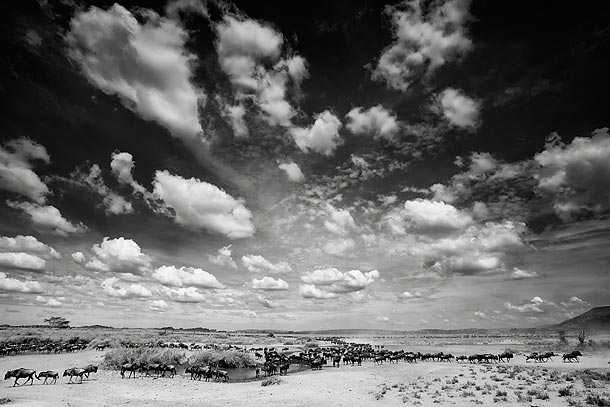
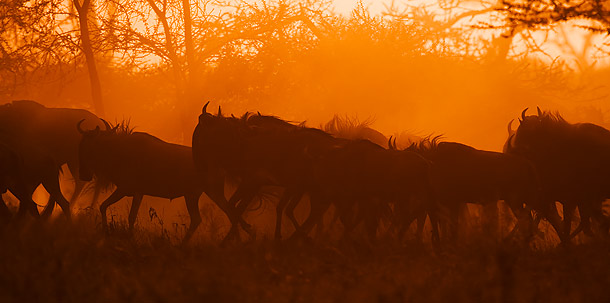
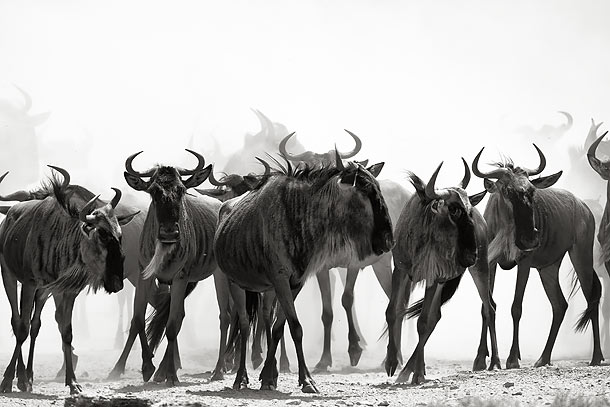
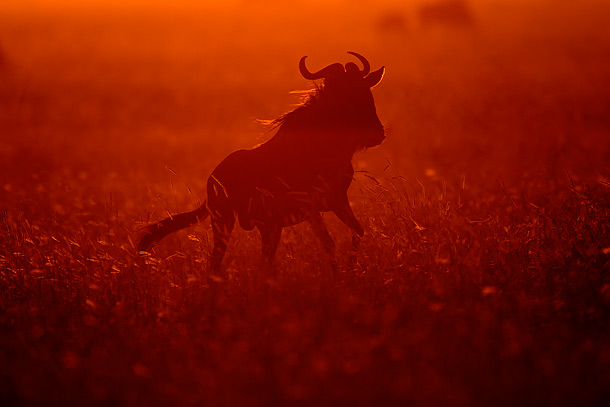
Unlike on previous trips, I only saw one cheetah. The grass was still very long and cheetahs do not move into this area until the migratory grazers have shorn it to a level that the cheetahs feel comfortable that they are not likely to be ambushed by lions. Although we saw a few leopards, mainly resting in trees, photo ops for this species were not as good as in previous visits.
Hence, the main predator on display were the Seronera lion prides. One of the big attractions of the northern Serengeti are Kopjes – rock outcroppings of various sizes which break up the otherwise gently undulating savannah grasslands. The lion prides use these as a home or base. Young cubs can be easily hidden and sheltered from hyenas and outside pride male lions. The kopjes also provide a convenient vantage point to spot potential prey and predatory threats. In the following picture, two lionesses are perched on top of a smaller kopje as they observe a herd of running wildebeest on the lower right hand side.
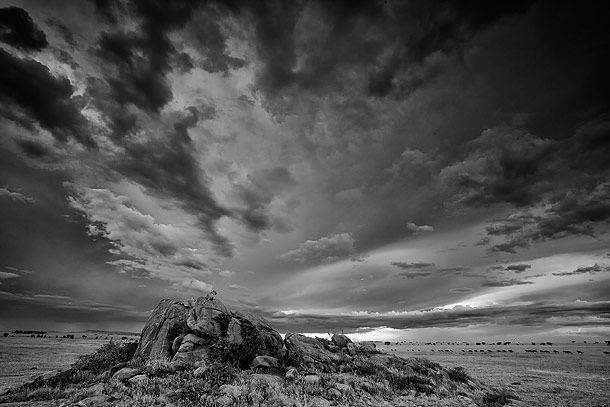
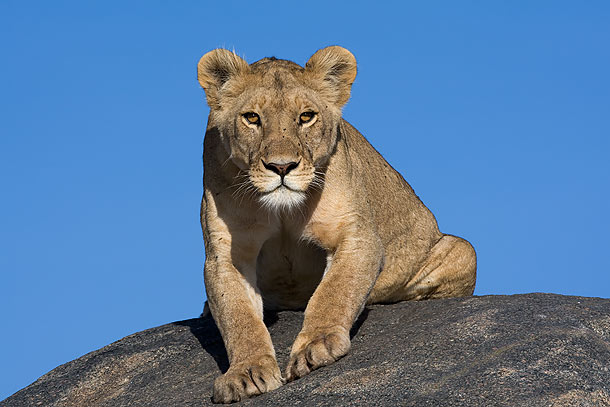
The first few days that I was there coincided with a full moon. I concentrated on positioning myself by lion-inhabited kopjes at dusk/early evening.
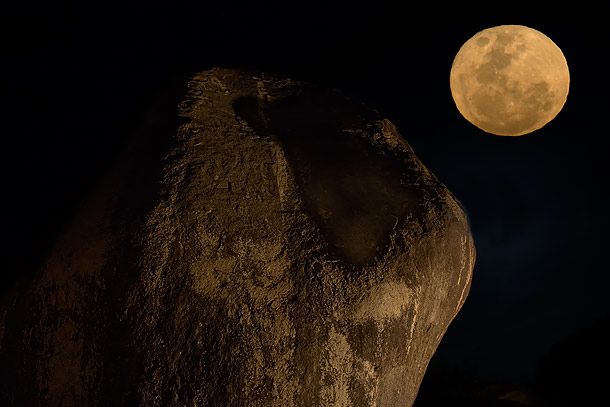
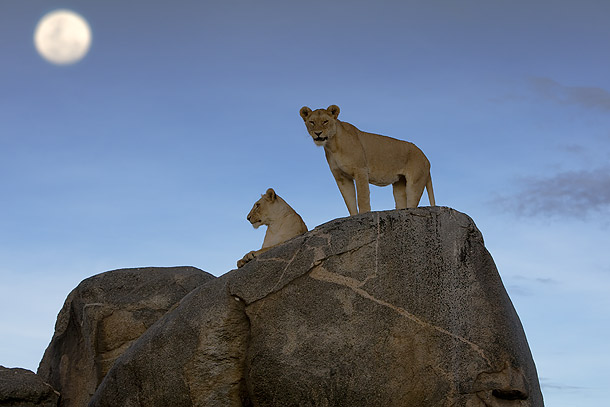
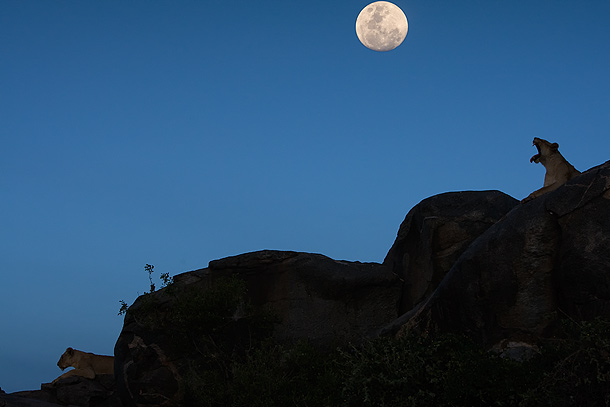
The main disappointment for me was that despite the large numbers of migratory herds, I saw very little predation. Most of the kills by lions appeared to take place under the cover of darkness and while i did see some attempted stalking during the day, all ended in failure. One aspect of animal behavior though that you will rarely see in the likes of the Mara, is the sight of lions climbing trees.
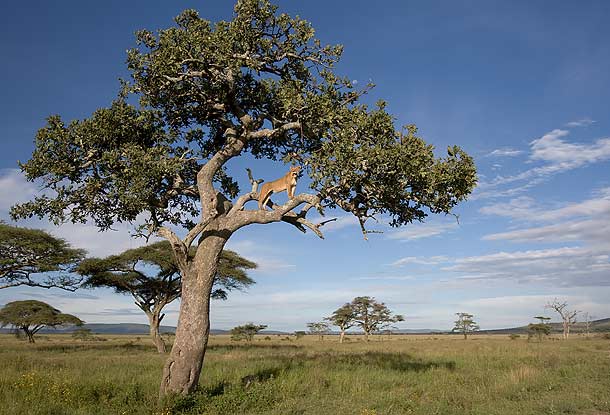
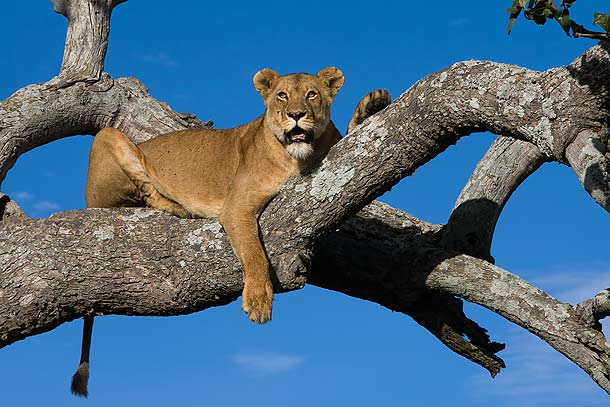
Another bonus on this trip were the unusually large herds of elephants and I spent long periods following them. In instances where the herd has babies or juveniles, there tends to be lots of social interaction. The following photo shows a group that has just finished dust bathing.
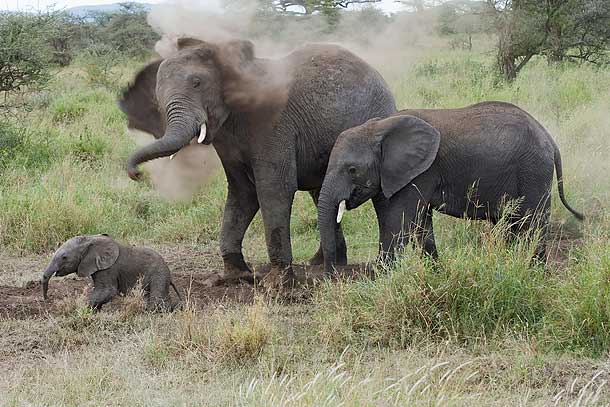
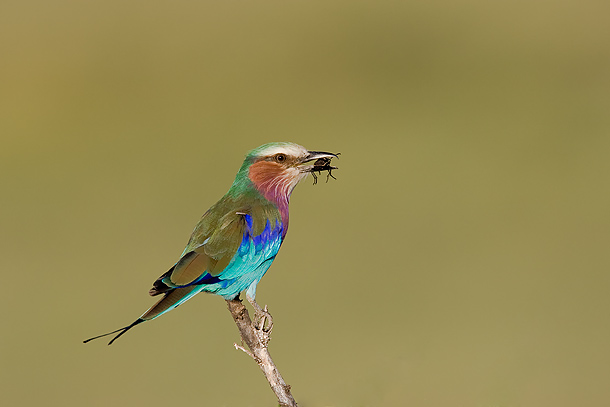
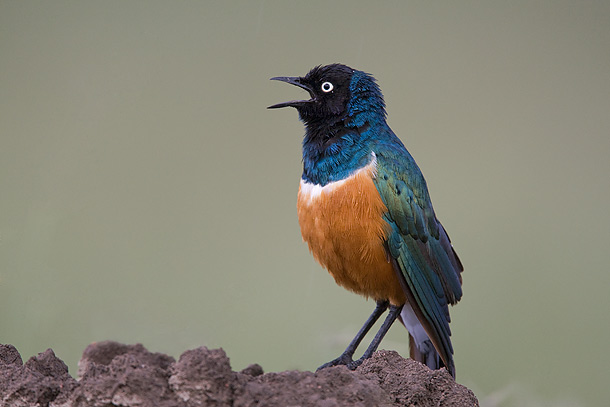
On my second last day, I found four lionesses with a crèche of youngsters on a lowly elevated kopje. I stayed with them all day and returned early on my last day. They provided some of the best photographic moments of the trip.
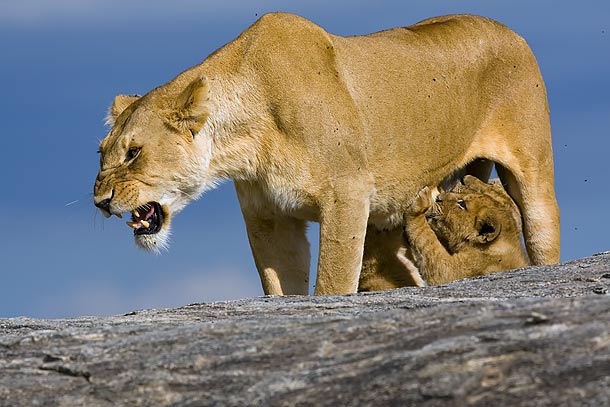
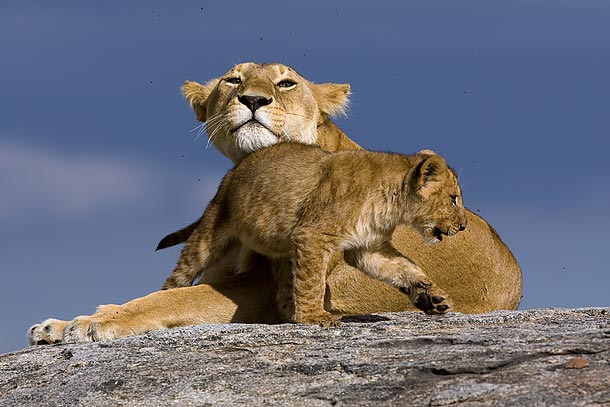
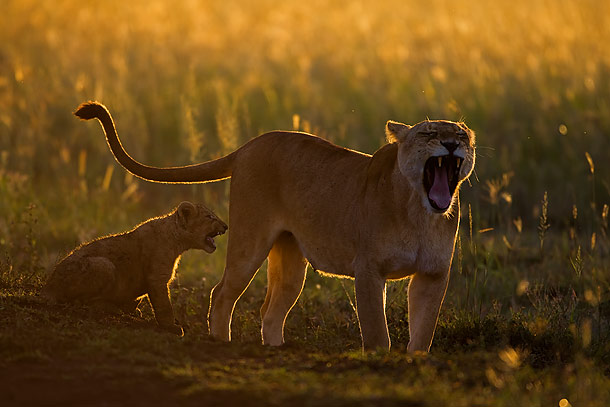
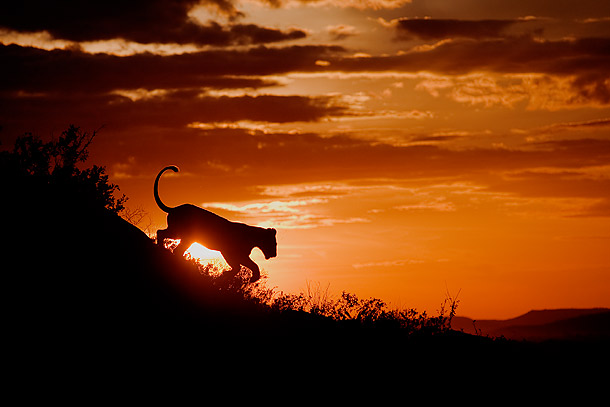
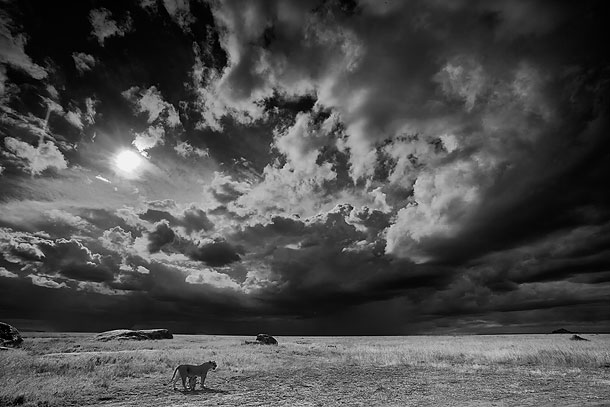
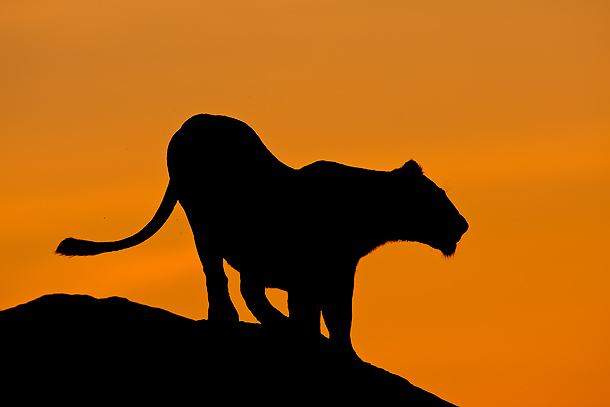
Be the first to comment.